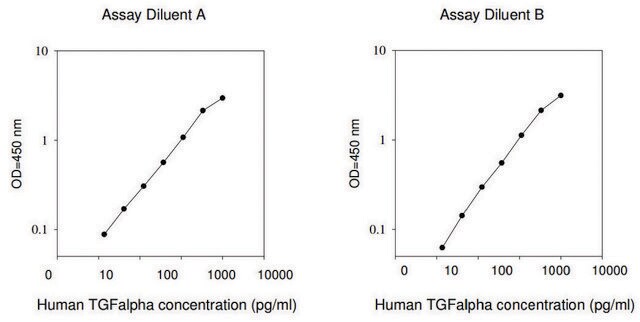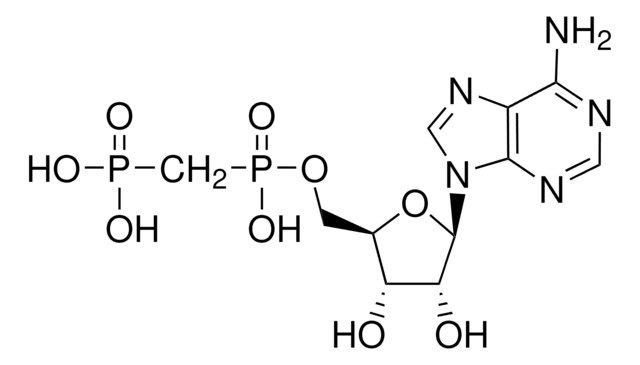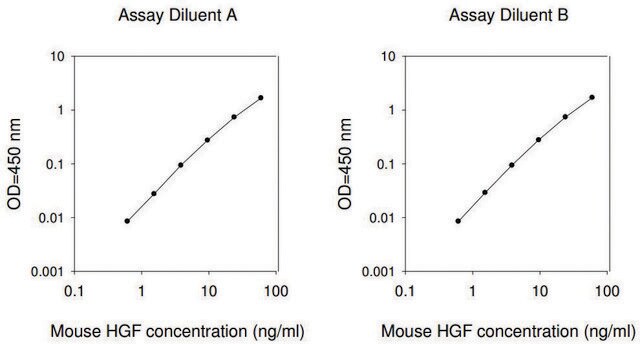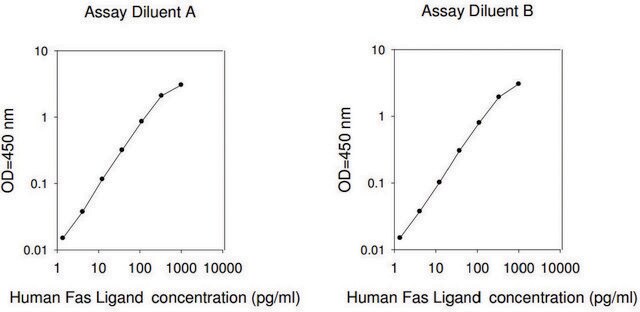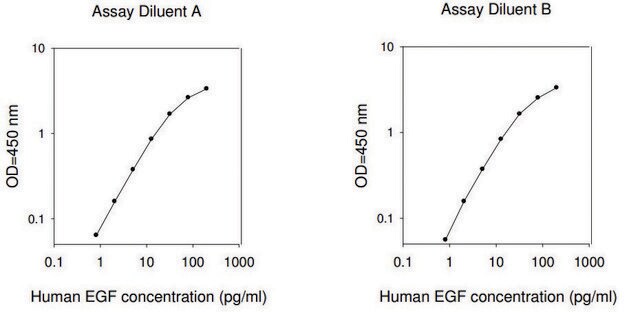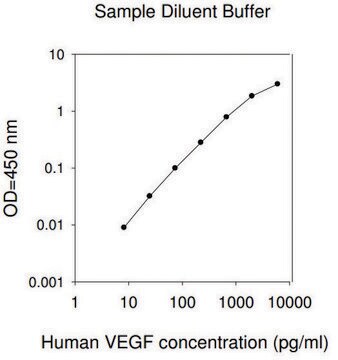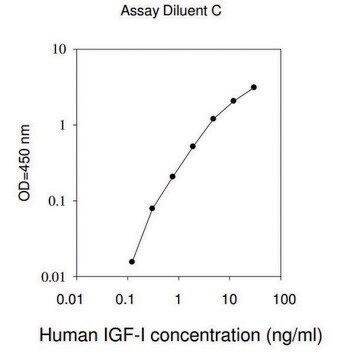RAB0020
Mouse Amphiregulin ELISA Kit
for serum, plasma and cell culture supernatant
Faça loginpara ver os preços organizacionais e de contrato
About This Item
Código UNSPSC:
41116158
NACRES:
NA.32
Produtos recomendados
reatividade de espécies
mouse
embalagem
kit of 96 wells (12 strips x 8 wells)
técnica(s)
ELISA: suitable
capture ELISA: suitable
entrada
sample type plasma
sample type serum
sample type cell culture supernatant(s)
assay range
inter-assay cv: <12%
intra-assay cv: <10%
sensitivity: 2 pg/mL
standard curve range: 1.1-800 pg/mL
método de detecção
colorimetric
Condições de expedição
wet ice
temperatura de armazenamento
−20°C
Informações sobre genes
mouse ... Areg(11839)
Descrição geral
The Mouse Amphiregulin ELISA (Enzyme-Linked Immunosorbent Assay) kit is an in vitro enzyme-linked immunosorbent assay for the quantitative measurement of mouse Amphiregulin in serum, plasma, cell culture supernatants and urine.
Imunogênio
Recombinant Mouse Amphiregulin
Aplicação
For research use only. Not for use in diagnostic procedures.
Please refer to the attached General ELISA KIT Procedure (sandwich, competitive & Indirect ELISA)
Please refer to the attached General ELISA KIT Procedure (sandwich, competitive & Indirect ELISA)
Outras notas
A sample Certificate of Analysis is available for this product.
Please type the word sample in the text box provided for lot number.
Please type the word sample in the text box provided for lot number.
Palavra indicadora
Warning
Frases de perigo
Declarações de precaução
Classificações de perigo
Met. Corr. 1
Código de classe de armazenamento
8A - Combustible corrosive hazardous materials
Escolha uma das versões mais recentes:
Já possui este produto?
Encontre a documentação dos produtos que você adquiriu recentemente na biblioteca de documentos.
Masaru Karakawa et al.
Journal of cellular physiology, 229(12), 1935-1945 (2014-04-09)
The cutaneous T cell-attracting chemokine (CTACK)/CCL27 is indispensable in skin inflammation. CTACK/CCL27 is exclusively produced by epidermal keratinocytes to attract CCR10-expressing T lymphocytes to the skin. We investigated the mechanism of CTACK/CCL27 production from normal human epidermal keratinocytes (NHEKs) by
Nossa equipe de cientistas tem experiência em todas as áreas de pesquisa, incluindo Life Sciences, ciência de materiais, síntese química, cromatografia, química analítica e muitas outras.
Entre em contato com a assistência técnica